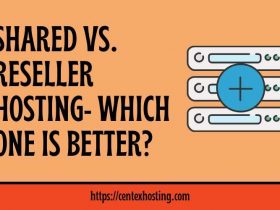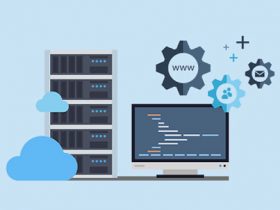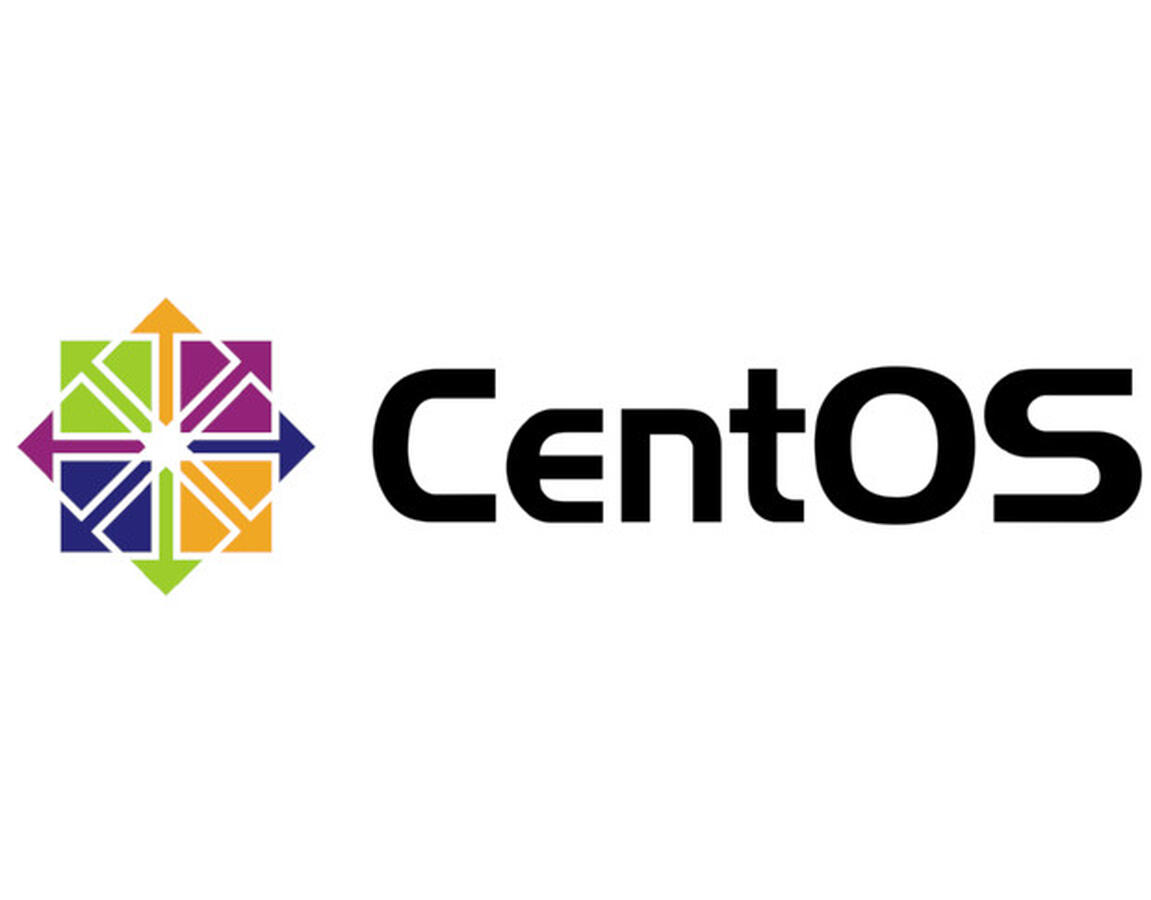CentOS or Community Enterprise Operating System is basically a Linus distribution that gave a freely available computing platform that was community supported. It is compatible functionally with RHEL or Red Hat Enterprise Linux, which is the upstream source.
The very first CentOS release back in May of 2004 was version 2. It was forked from version 2.1AS of RHEL that is the advanced server. CentOS has been supporting the ARM64, POWER8, and x86-64 architectures since version 8. CentOS version 8 was recently released in September 2019.
In December 2020, Red Hat terminated further development with respect to CentOS Linux distribution. CentOS Stream will continue to serve as the upstream branch of the Red Hat Enterprise Linux.
What Is The Use Of Centos?
CentOS is a free software effort whose main goal is to provide a rich base platform for the purpose of open-source communities to build upon. They were providing a development framework to cloud providers, scientific data processing, and the hosting community, for example.
Is Centos And RHEL One And The Same?
CentOS is an alternative option to RHEL, which is community-developed and supported. Although it is very similar to Red Hat Enterprise Linux, it lacks support at the enterprise levels.
In short, we can say that CentOS is basically a free replacement in place of RHEL with some small differences in the configuration. It provides an extended support lifecycle of 6-7 years.
How Is CentOS 7 Different From CentOS 8?
- CentOS 8 has seen many changes when compared to CentOS 7. From the security to the way to handle virtual machines, there are many changes.
- CentOS 7 is based on Fedora 19 as well as an upstream kernel 3.10
- CentOS 8 is based on Fedora 28 as well as an upstream kernel 4.18\
- CentOS 7 has Git version 1.8
- CentOS 8 has Git version 2.18
- CentOS 7 supports Open SSL 1.0.1 and TLS 1.0
- CentOS 8 supports Open SSL 1.1.1 and TLS 1.3, TLS 1.0, and TLS 1
- CentOS 7 used software management YUM v3 that is distributed with RPM 4.11
- CentOS 8 used YUM v4 and is distributed with RPM 4.14
- CentOS 7 uses Python 2.7.5
- CentOS 8 uses Python 3.6
What Exactly Is Centos Stream?
CentOS Stream behaves as the gateway between RHEL and Fedora. The CentOS project has a future in CentOS Stream. After the ending of CentOS Linux 8, moving on to CentOS Stream naturally is the next best thing to do.
There is a small delta between CentOS stream and CentOS Linux 8. It also brings regular updates forwards as the original CentOS Linux does. In case you are utilizing CentOS Linux 8 in production, you might be concerned.
It is obvious for you to be concerned if CentOS Stream will be good enough in production. If this sounds like you, feel free to speak to Red Hat regarding the options you have.
What part does Fedora play in this?
Fedora is basically an upstream community project related to Red Hat. It is an environment that acts as a testing space for testing upgrades as well as changes before application to RHEL.
Why Are Customers Angry?
Linux common versions are something that is always updated from time to time will. Examples are Arch, openSUSE Tumbleweed, and Manjaro. In this case, CentOS will act as RHEL’s development branch.
Historically, most of the server Linux distributions have mostly used the release that is not updated. Other than RHEL being used for Red Hat, Canonical has been using it for the main Ubuntu version of Linux. SUSE uses its own enterprise server.
For fixed releases, main distributions are done on a fixed schedule. Security patches, as well as small updates, are done when required.
Every approach contains the pros and cons.
For example, in the case of continuous delivery of updates, most bugs may appear in the production. In the fixed version of Linux, huge improvements might be taking time. That is, it might take several months. It can even take years to appear.
Is Any Of The Rolling Update Linux Distribution Used In The Production Systems?
Yes, some can be used during production. They are the IoT Linux OS, like Fedora IoT, Ubuntu Core, and Clear Linux. They are generally not utilized for certain servers. Such servers are ones wherein stability and various programs have more value than to run the latest software.
How Can Cves Be Taken Care Of In The Centos Stream?
After security concerns are solved in the present RHEL, they can be updated in the CentOS Stream. Security releases that are embargoed cannot be released publicly until the embargo has been taken off.
They won’t be any sort of SLA for the timing, but the engineers at Red Hat would be building as well as testing packages against such releases. If the updates are not rolled in, the software they are building may be affected. It will then need to be done again.
The updates thus need to be added so that there is no impact on their other builds.
Basically, the users of CentOS Stream will be testing RHEL before everyone else does and report against bugs. But these users will not be getting security updates until they are resolved in RHEL. This situation is a tricky one.
Is Centos Stream Now The RHEL BETA Test Platform?
No, it is not. CentOS Stream will receive fixes and well several features before RHEL does. CentOS Stream can be expected to be having lesser bugs as well as a higher number of runtime features. This is at least until the packages are added in the RHEL release.
In case you use CentOS for CI, there is no option. The CentOS Stream will have various API/ABI sometimes, and you can’t test or even build EPEL packages locally anymore.
Will The Centos Linux Be Developed Or Rebuilt By The Centos Community?
According to Red Hat, they will not be working towards that or let the CentOS brand to be utilized for such a project. They strongly feel that it will dilute what their aim is to focus on CentOS Stream.
The code is of the open-source type. Anyone and everyone can choose to utilize it and build an original package using the code.
There Will Be No Effect Of Centos 7
CentOS 7 will be continuing to produce throughout the remaining RHEL 7 cycle. The users of CentOS 7 will not suffer any impact.
Red Hat plans to be supporting CentOS 7. They plan to continue production until the RHEL 7 life. If you are someone utilizing CentOS 7, you will be seeing support until 30th June 2024.
What Are The Users Saying?
People are unhappy about the decision about CentOS 8. One person from Hacker News commented that the people feel betrayed. They are furious as to why Red Hat did not start making the switch from CentOS 9.
On Reddit, one person said that using CentOS is different when compared to CentOS Stream. A lot of people utilize CentOS mainly for the purpose of production and not a dev. While CentOS Stream can be an ok fit for development/testing, people will not be using it for production.
Another user on Reddit commented that CentOS Stream would provide the answer now. It has a downside or drawback of dependability and stability getting sacrificed. Earlier, if something that was built at X.0 release version of an OS, it would run well and fine after the EOL of the OS.
But, not everyone agrees. There are advantages to this move, too.
What Are The Advantages Of The New Approach To Centos?
- The RHEL development will now be much more reliable and transparent.
- It now is easy for ISVs as well as developers for contributing and making fixes as well as features.
- It is a great tool for developing a community to give feedback.
CentOS Stream can be a great tool for all users for giving pull requests. It is also a good way for them to include their case as to the reason for the addition. This does not imply that all people’s requests will get accepted. But it is a significant improvement since earlier times.
According to Wright, the CentOS Stream will be absolutely stable for production. He says CentOS Stream acts as a rolling preview of what is coming up in RHEL in features and kernels. Facebook is running many servers that support its global network. These systems either have already moved or else are moving to another OS originating from CentOS Stream.
He adds that CentOS Stream will not replace CentOS Linux. He says that it is only a natural next step for fulfilling the goal of the project to take Linux further. He says that CentOS Stream will provide a unique platform where quick innovation at the level of the community can take place. He says it has a stable base where you can understand the dynamics of production.
With the support of The CenTex team, CentOS Stream will have an opportunity to develop a product that will be extremely useful for users.
What Are Many Cent0S 8 Users Doing?
Most of the CentOS 8 users are switching to other Linux distros. Many users have just upgraded systems into this distro. The EOL is decided for 2021, giving very little time for preparing for the change.
Many people are afraid the instability of CentOS Stream will not be satisfying to the needs of the users.
Migrating to Ubuntu or Debian is something users are thinking about. CentOS 7 users, on the other hand, are lucky to have more amount of time to prepare for the EOL. It is scheduled to be happening only in 2024.
Therefore, the user has enough time to make a decision and will not be taken by shock.
Summing Up
CentOS has always been a well-liked choice for many developments and also system administrators. It has stability and offers an active community. CentOS also used to offer the user great customizable packages and complete control over the system. This also increases the popularity of CentOS.
CentOS Stream may or may not match up to how reliable CentOS was. This is a reason why many of the users have already chosen to move to different Linux distros.















